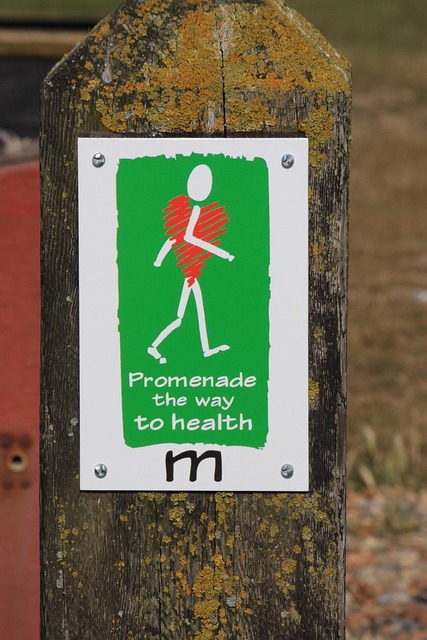Walking might seem like a simple activity, maintaining proper walking posture is essential for preventing strain, promoting comfort, and supporting overall well-being.
Try improving your walking posture by following the steps listed below:
Step 1. Stand Tall
Imagine a string gently pulling the top of your head toward the sky. Keep your spine aligned, with your head balanced over your shoulders and hips.
Step 2. Chin Up
Keep your chin parallel to the ground. Avoid tilting your head too far up or down, as this can strain your neck.
Step 3. Shoulders Relaxed
Roll your shoulders back and down, avoiding slumping or hunching forward. This opens up your chest and promotes better breathing.
Step 4. Engage Your Core
Tighten your abdominal muscles slightly as you walk. This supports your spine and helps you maintain balance.
Step 5. Swing Your Arms
Let your arms swing naturally at your sides, not too stiff or too wild. The opposite arm should move forward with the opposite leg, helping with balance and momentum.
Step 6. Elbows at 90 Degrees
Keep your elbows bent at approximately 90 degrees. This prevents your arms from crossing your body and maintains efficient movement.
Step 7. Relaxed Hands
Keep your hands relaxed, like you’re holding a fragile object. Don’t clench your fists, as this can create unnecessary tension.
Step 8. Hips in Line
Align your hips with your body. Avoid leaning forward or backward; instead, keep them level and stable.
Step 9. Heel-to-Toe Roll
As your foot strikes the ground, first land on your heel and then smoothly roll through the ball of your foot to your toes. Push off from your toes to initiate the next step.
Step 10. Stride Length
Take natural steps, neither too short nor too long. An over-extended stride can strain your hips and back.
Step 11. Pay Attention to Your Feet
Walk with your feet pointing straight ahead. Avoid turning them inward or outward, which can strain your ankles and knees.
Step 12. Walk Confidently
Walk with a confident and comfortable stride, maintaining a steady pace that suits your fitness level.
Step 13. Listen to Your Body
Pay attention to how your body feels. If you’re experiencing discomfort or pain, adjust your posture accordingly.
Whether you’re walking for exercise, leisure, or daily activities, practicing good posture is a small change that can make a big difference in how you feel and move. Keeping good walking posture doesn’t only enhance your appearance, but it also enhances your overall quality of movement and contributes to a positive self-image.
I recommend you incorporate these guidelines into your daily routine, transforming your walking into a more mindful and healthful practice.

